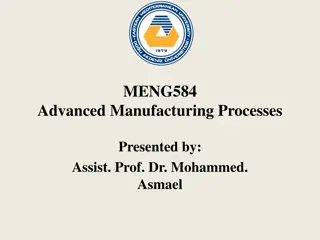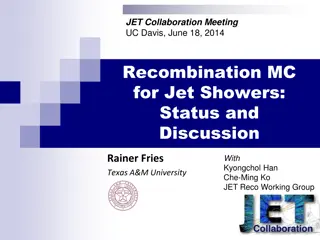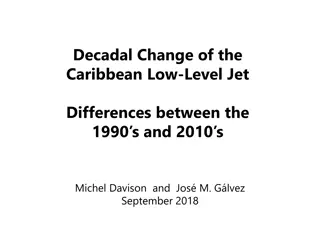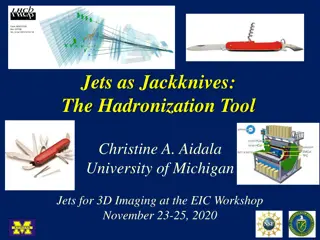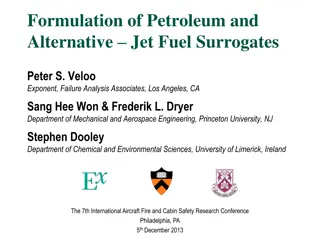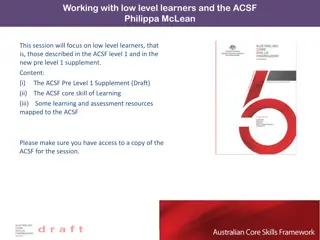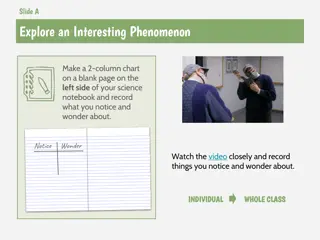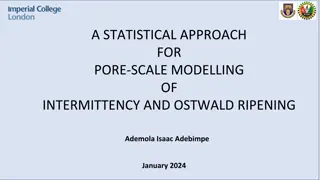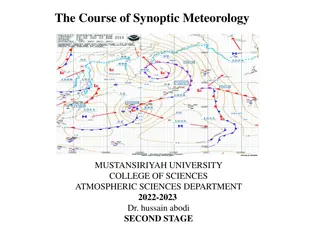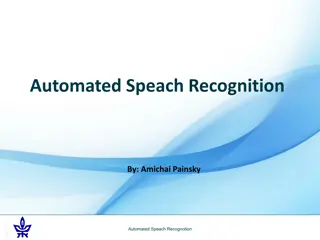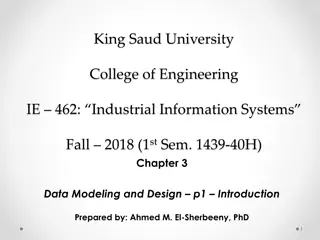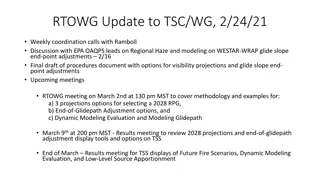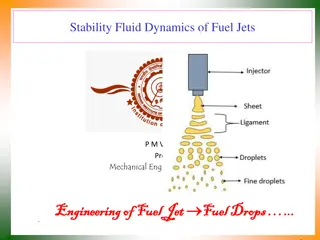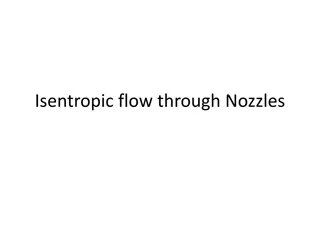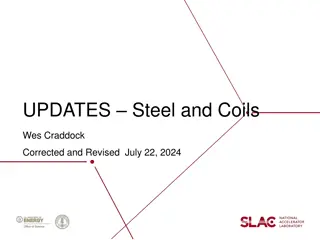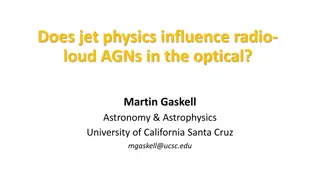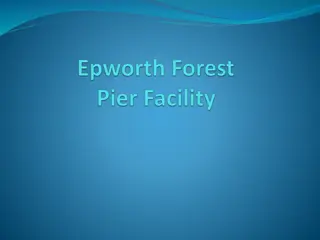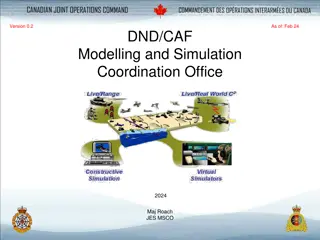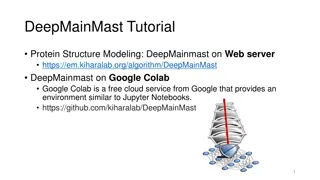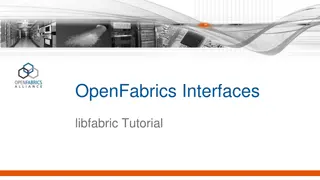Understanding and Modeling the Low-Level Jet (LLJ) Phenomenon
Explore the structure and evolution of the Low-Level Jet (LLJ) phenomenon through combined observations and numerical models. The focus is on the LLJ across the PECAN domain, spatial and temporal variability, heterogeneity with height, continuity across cases, and evening transition effects. Efforts include improving LLJ prediction using data assimilation with the WRF model and creating a platform for data sharing and analysis.
Download Presentation

Please find below an Image/Link to download the presentation.
The content on the website is provided AS IS for your information and personal use only. It may not be sold, licensed, or shared on other websites without obtaining consent from the author. Download presentation by click this link. If you encounter any issues during the download, it is possible that the publisher has removed the file from their server.
E N D
Presentation Transcript
LLJ BREAKOUT Thanks to all participants and to Natalie Midzak, Kristen Pozsonyi, and Jen Hane for taking notes
Comparison of three LLJ episodes: 10 June IOP 7 20 June IOP 12 22 June IOP 13 Bring together the combined FP/MP observations to better understand the structure and evolution of the LLJ in 3-D, and employ numerical models to better understand the nature of the drivers and, in turn, to use the observations to improve the models. Goal: To produce an overview paper on what we learned from PECAN about the LLJ and how that has improved our understanding and prediction of this recurring summertime feature of the Great Plains
Spatial and Temporal Variability Evolution of LLJ across PECAN domain o Does each FP/MP see the same general characteristics? (e.g. turbulence increase/decrease, bursting, inertial turning) o What does the evolution across the domain look like? o What is the mutual interaction between the BL and LLJ, eddy generation, dissipation, and transport o LLJ convergence at terminus and inertial turning leading to convergence along LLJ boundaries. Heterogeneity of LLJ with height o What does the full LLJ profile tell us? We too often focus only on the peak winds and not on the full profile, which is rich with character, nuance, and modalities. o Vertically differential advection and its influence of heat and moisture transport, convergence, and influence on stability, lifting, and convective enhancement. o Can we explain heterogeneities using various sources of data? Continuity across LLJ cases o Create the conceptual model that is self-consistent across the observed range of LLJ intensities? Evening transition o Attention to the evening transition and its impact on setting the stage to further LLJ evolution o What do the ground-level measurements tell us? (e.g. time series of fluxes, TKE, etc.)
Modeling the LLJ WRF-simulated wind speed < Observed wind speed by 15-20%; apparently not all a diffusion problem. Can PECAN data assimilation be used to improve WRF? WRF does not properly characterize eddies in BL Data Convert ASCII to netCDF using Rosetta across all FPs and MPs Perform objective analysis and use IDV to produce domain-scale 3- D imagery Dave Turner-Doppler data all to netCDF Do we need a platform/server to share data? Dropbox or server? Has to hold model outputs, data images, raw rawinsonde data


